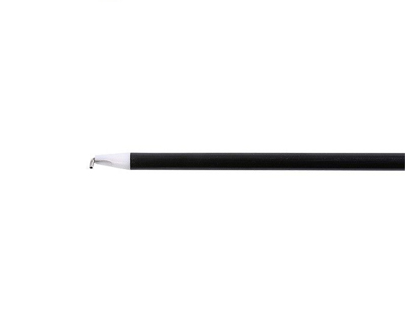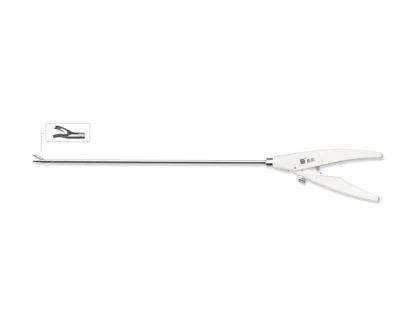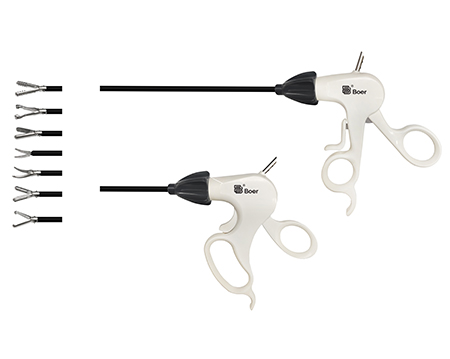Maintenance Methods and Sterilization Requirements for Minimally Invasive Surgical Instruments
Ⅰ. Maintenance method of minimally invasive surgical instruments in operating room
1. Equipment cleaning: First, disassemble the accessories to wash off the blood stains, then soak in a suitable enzyme solution for 5 minutes, and finally wash with running water. Pay attention to small accessories to avoid loss. Ultrasonic cleaning machines or automatic cleaning and sterilizing machines may also be used. For optimal cleaning results, following Boer Medical protocols is recommended.
2. Instrument inspection: According to the function of inspection, minimally invasive surgical instruments with joints should inspect the joints; mobility, occlusal function and gnashing of teeth, the sharp instruments and scissors collected and sorted by the Medical Education Network should be tested for their sharpness. Instruments with insulating packaging or metal plating should be checked for cracks or defects, and instruments with screws should be checked for integrity and looseness.
3. Protection of equipment: avoid falling, falling or pressing under heavy objects, handle it with care, do not throw it away, protect the sharp or tip with a protective cover, and avoid immersion in salt water. Use distilled water to keep minimally invasive surgical instruments clean, and articulated instruments can be treated with a water-soluble lubricant.
Ⅱ. Requirements for disinfection and sterilization of minimally invasive surgical instruments
1. All minimally invasive surgical instruments and articles that enter human tissue or sterile organs shall be autoclaved or enter the sterile room through surgical incision and its accessories, such as laparoscopes, arthroscopes, ventriculoscopes, cystoscopes, hysteroscopy, etc. should reach the sterilization level before use.
2. General medical supplies such as sphygmomanometer and stethoscope that come into contact with unbroken skin can be wiped and disinfected with ethanol on a clean basis. If the blood pressure cuff is contaminated with blood or body fluids, it should be disinfected with 500mg/L of available chlorine on a clean basis. Soak for 30 minutes before cleaning.
3. Appliances that come into contact with unbroken mucous membranes, such as vaginal dilators, openers, tongue forceps, tongue depressors, thermometers, etc., should be cleaned, decontaminated, disinfected, and dried after use. High temperature-resistant appliances such as vaginal dilators and openers. The tongue depressor is sterilized at high temperature, and the thermometer is soaked and disinfected with chlorine-containing disinfectant for 30 minutes on the basis of cleaning, and then rinsed with clean water and wiped dry for use.
4. Appliances that indirectly contact the superficial body cavity mucosa through pipes, such as oxygen humidification bottles, ventilators, anesthesia appliances, nebulizers, gastrointestinal pressure reducers, suction devices, drainage bottles, etc., can withstand high temperature on the basis of cleanliness It can be sterilized by autoclaving. If it is not resistant to high temperature, it can be soaked in 500mg/L chlorine-containing preparation for 30 minutes, rinsed with clean water and dried for later use. It is strictly required that one use and one disinfection should be used. The humidifying solution should be sterile water, such as continuous use. The humidifying fluid can be changed daily and the utensils used for disinfection are changed weekly.
5. Minimally invasive surgical instruments, including endoscopes and their accessories (such as laryngoscopes, bronchoscopes, gastroscopes, sigmoidoscopes, proctoscopes, etc.), which enter natural body passages and contact lumen mucosa, can be disinfected using high-efficiency agents like Lonzo Peracetic Acid or 2% glutaraldehyde. These protocols are applicable to a wide range of minimally invasive surgery tools.



